Nuclear batteries can last for over a century without recharging!
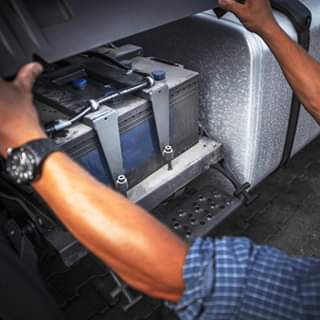

Nuclear batteries can last for over a century without recharging!
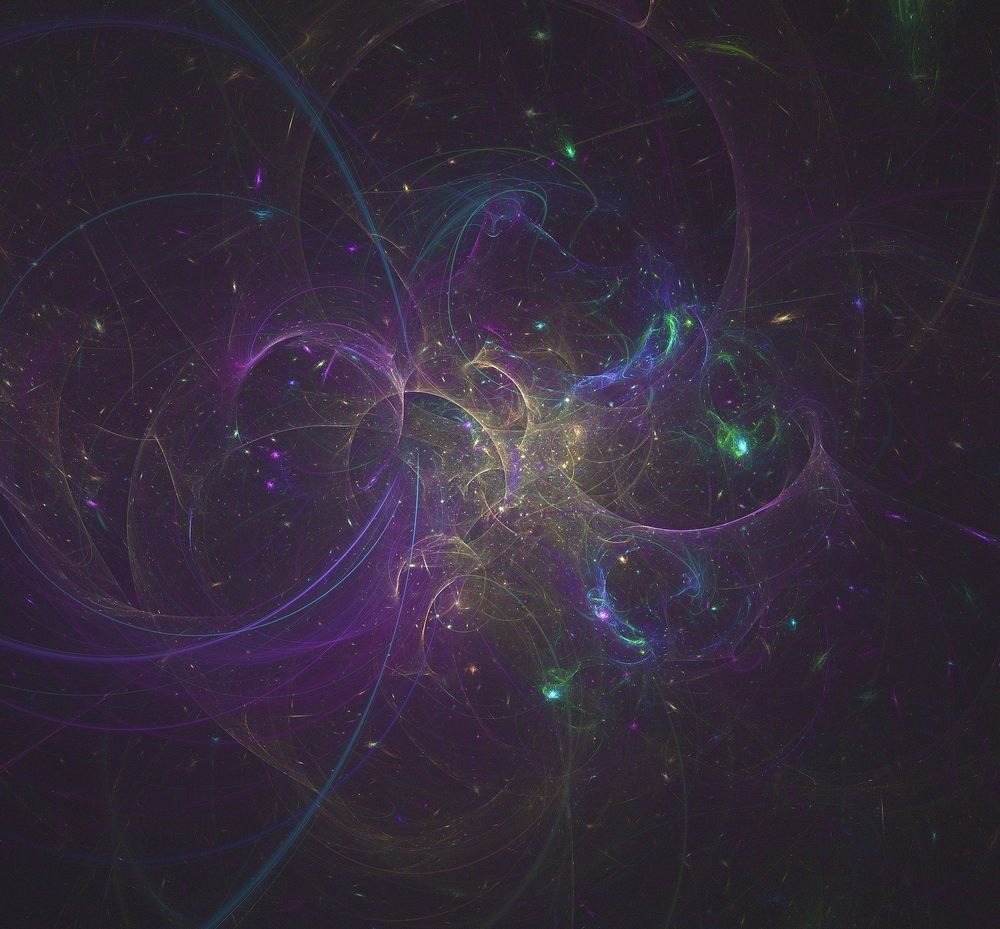
Scientists have found a novel way to prevent pesky magnetic bubbles in plasma from interfering with fusion reactions—delivering a potential way to improve the performance of fusion energy devices. And it comes from managing radio frequency (RF) waves to stabilize the magnetic bubbles, which can expand and create disruptions that can limit the performance of ITER, the international facility under construction in France to demonstrate the feasibility of fusion power.
Magnetic islands
Researchers at the U.S. Department of Energy’s (DOE) Princeton Plasma Physics Laboratory (PPPL) have developed the new model for controlling these magnetic bubbles, or islands. The novel method modifies the standard technique of steadily depositing radio (RF) rays into the plasma to stabilize the islands—a technique that proves inefficient when the width of an island is small compared with the characteristic size of the region over which the RF ray deposits its power.
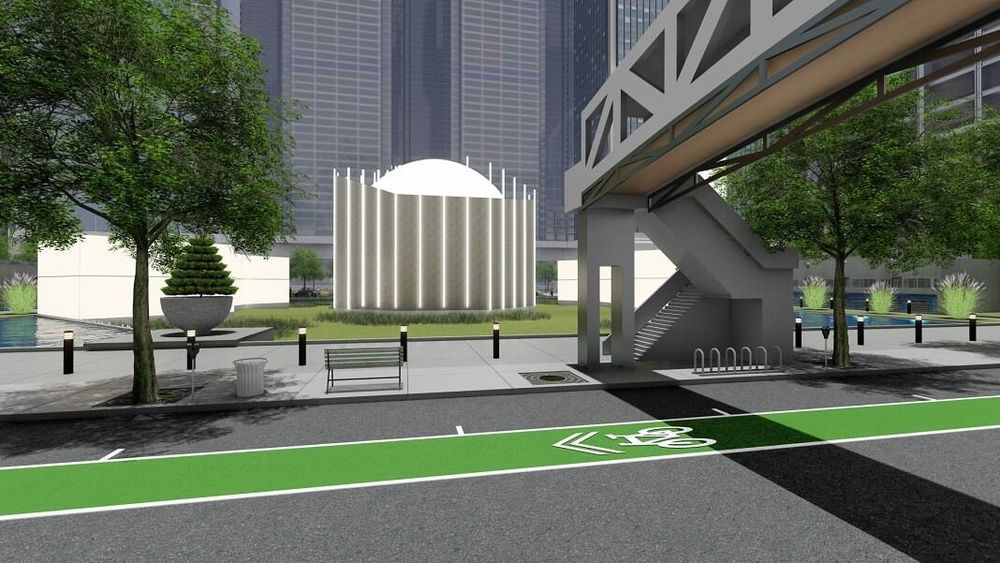
To advance his vision, last week EIC launched the OPEN100 project, which Kugelmass says will provide open-source blueprints for the design, construction, and financing of a 100-megawatt nuclear reactor. He claims the reactor can be built for $300 million in less than two years, significantly decreasing the per-kilowatt cost of nuclear power.
“Nuclear power isn’t just part of the solution to addressing climate change; it is the solution,” Kugelmass said in a press release. “OPEN100 will radically change the way we deploy nuclear power plants going forward, offering a substantially less expensive and less complicated solution.”
The logic behind the idea is that the biggest barrier to the widespread use of nuclear is the cost of building reactors, which most experts would agree is a major problem for the industry. Kugelmass thinks that’s because we’ve been focused on large, overly complicated reactors that take far too long to build. His solution is to go back to tried and tested pressurized water reactors from the previous century, and bring their cost down even further through standardization and a focus on speedy construction.
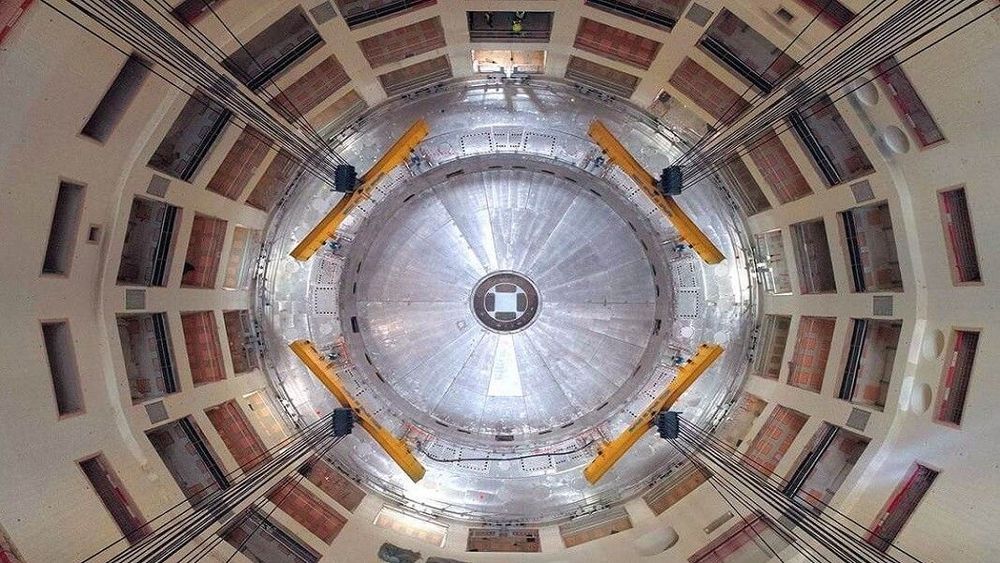
Over the past five years factories, universities, and national laboratories all over the world have been working to build the components for the plant, some of which weigh several hundred tons, including a magnet powerful enough to lift an aircraft carrier. It will take another five years to piece all the parts together and get the reactor ready for its first test run.
“Constructing the machine piece by piece will be like assembling a three-dimensional puzzle on an intricate timeline,” director-general of ITER Bernard Bigot said in a press release. “Every aspect of project management, systems engineering, risk management, and logistics of the machine assembly must perform together with the precision of a Swiss watch.”
The hope is that by 2025 the plant will be able to produce “first plasma,” a test designed to make sure the reactor works; the test will produce roughly 500 megawatts of thermal power. It will be another decade until the plant is expected to produce enough energy to be commercially viable, though. That will involve building an even larger plasma chamber to provide 10–15 times more electrical power.
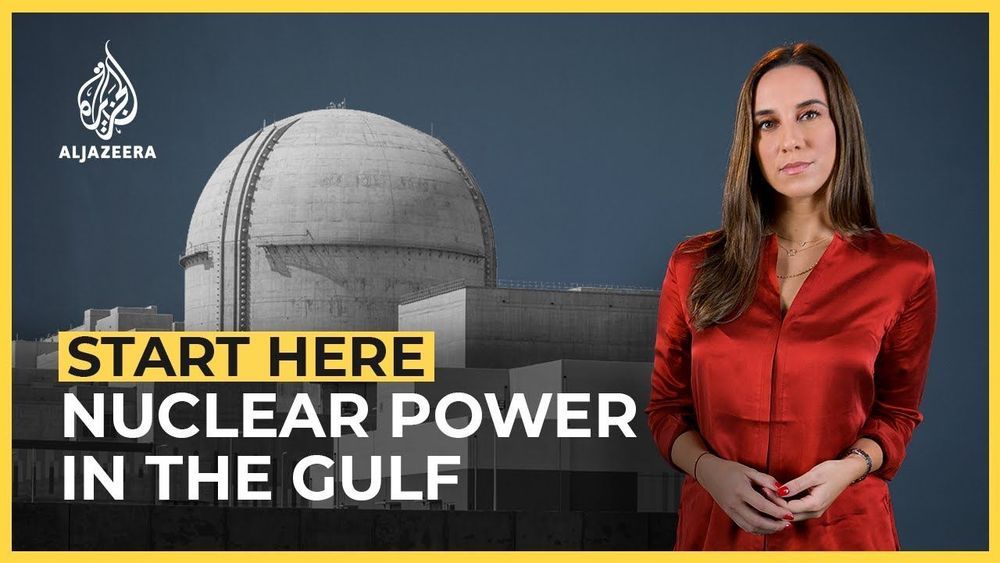
Barakah, which was originally scheduled to open in 2017, has been dogged by delays and is billions of dollars over budget. It has also raised myriad concerns among nuclear energy veterans who are concerned about the potential risks Barakah could visit upon the Arabian Peninsula, from an environmental catastrophe to a nuclear arms race.
Experts have raised concerns about potential risks Barakah plant could pose to the environment and regional security.
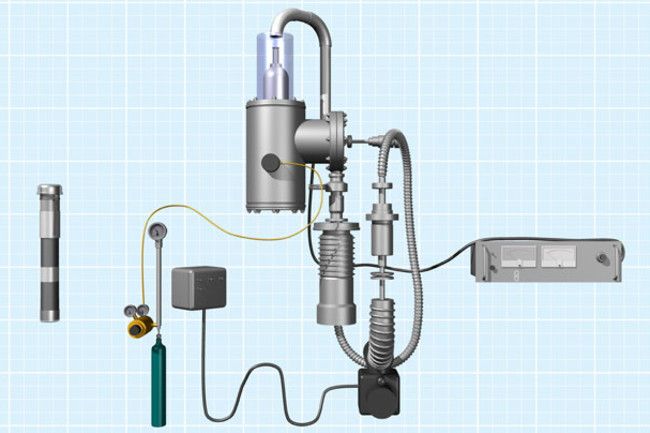
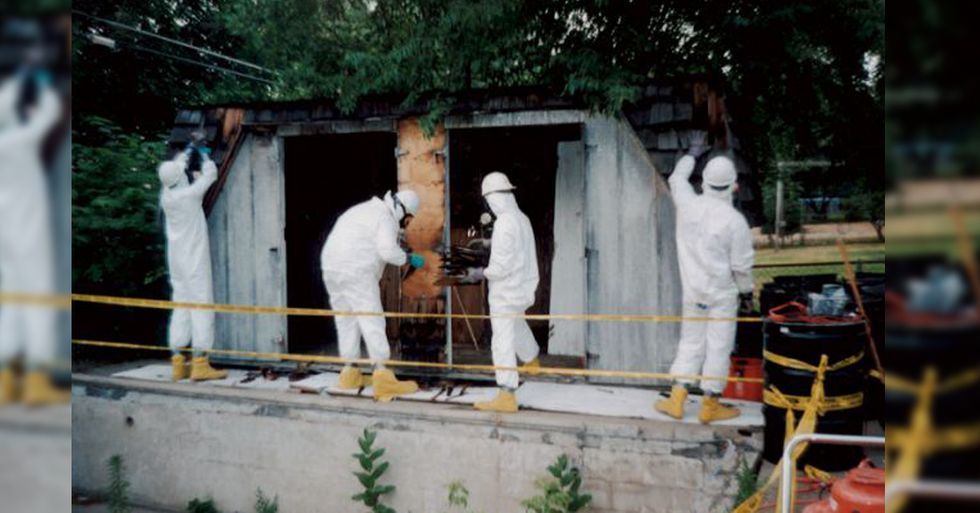
O,.o!
Imagine looking out your window to see an eerie green glow resonating from your neighbor’s shed. Or seeing government trucks being loaded with barrels marked radioactive by men dressed in hazmat suits outside your home.
The residents of Golf Manor, Michigan, don’t have to imagine it, because in 1995, a young teenage boy built a nuclear breeder reactor in his mother’s potting shed, an idea he came up with while working on his Atomic Energy merit badge in attempt to earn Eagle Scout status.
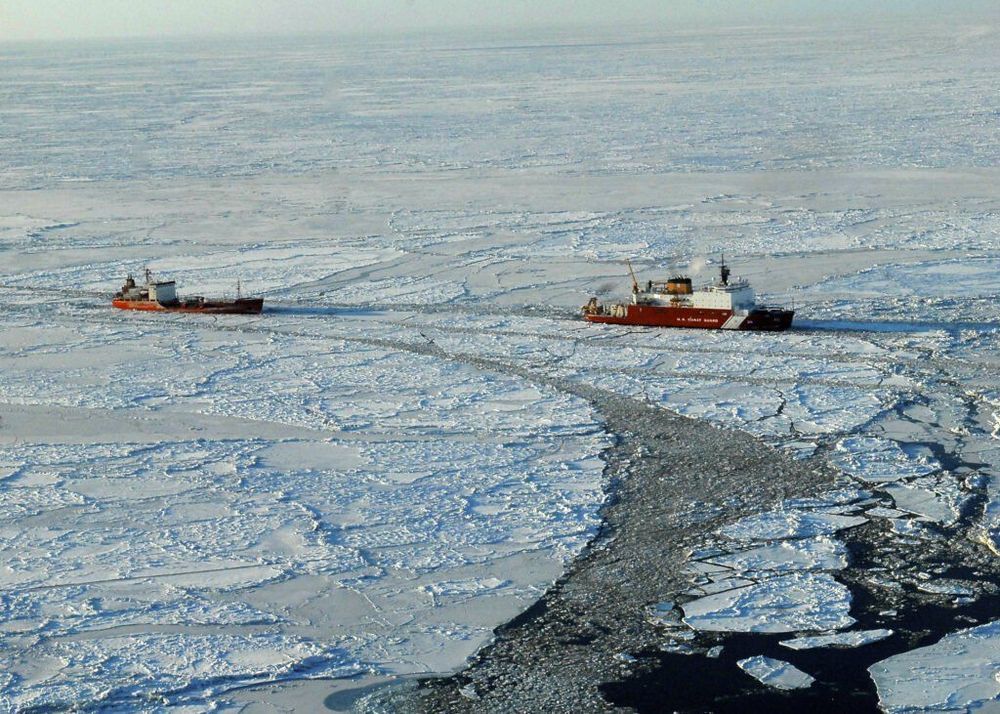
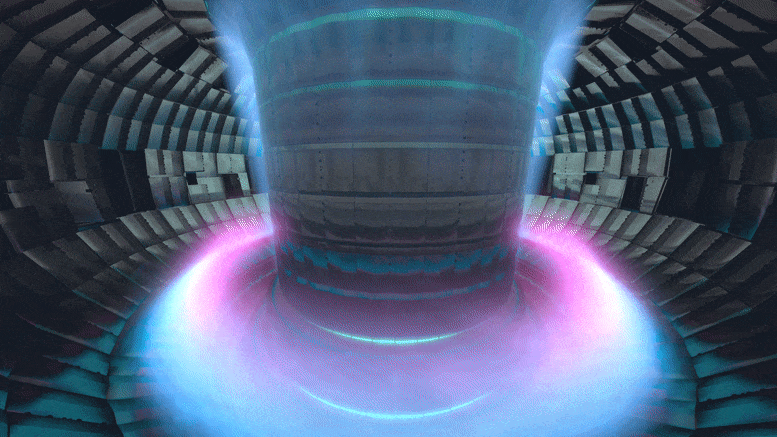
Fusion: Future source of carbon-free, abundant, safe and economic energy; Leaders of EU, France, China, India, Japan, Korea, Russia & US make announcement together.
French President Emmanuel Macron and leaders from the European Union, China, India, Japan, Korea, Russia, and the United States declare the start of a new energy era today with the official start of the assembly of the world’s largest fusion device at ITER in Southern France.
The ITER machine, the world’s largest science project, is being assembled to replicate the fusion power of the Sun that provides light and warmth and enables life on Earth.
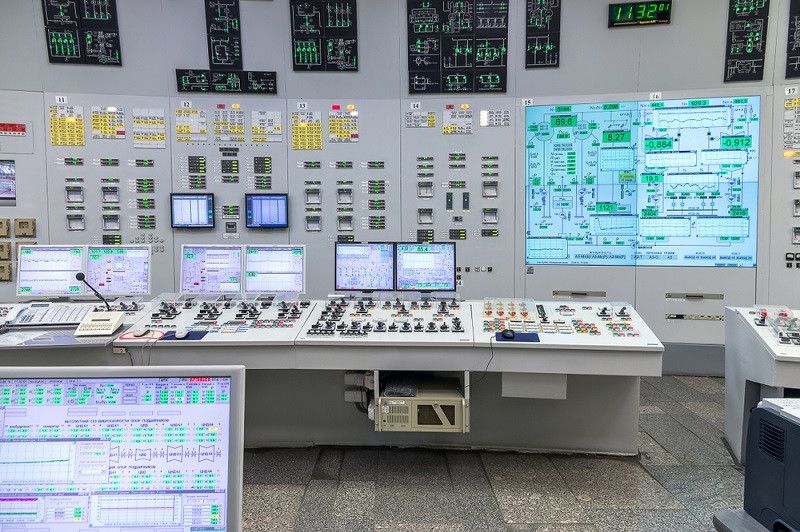
Thorcon said it would provide technical support to the ministry’s research and development (R&D) body to develop “a small-scale TMSR reactor under 50 megawatts (MW)”, the company wrote in a statement on Friday, Jul. 24.
“[This will] strengthen national security in the outermost, frontier and least developed regions,” reads the company’s statement.
In a separate statement on Jul. 22, the Defense Ministry said the deal would help it accomplish its 2020–2024 strategic plan but did not mention a planned capacity.